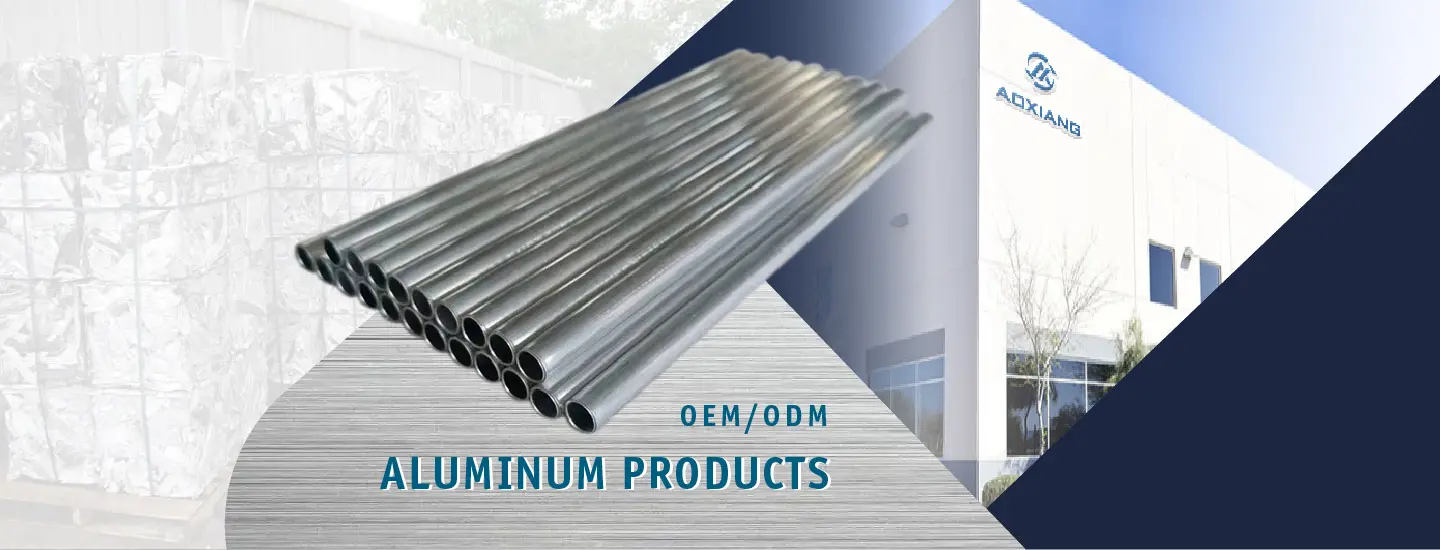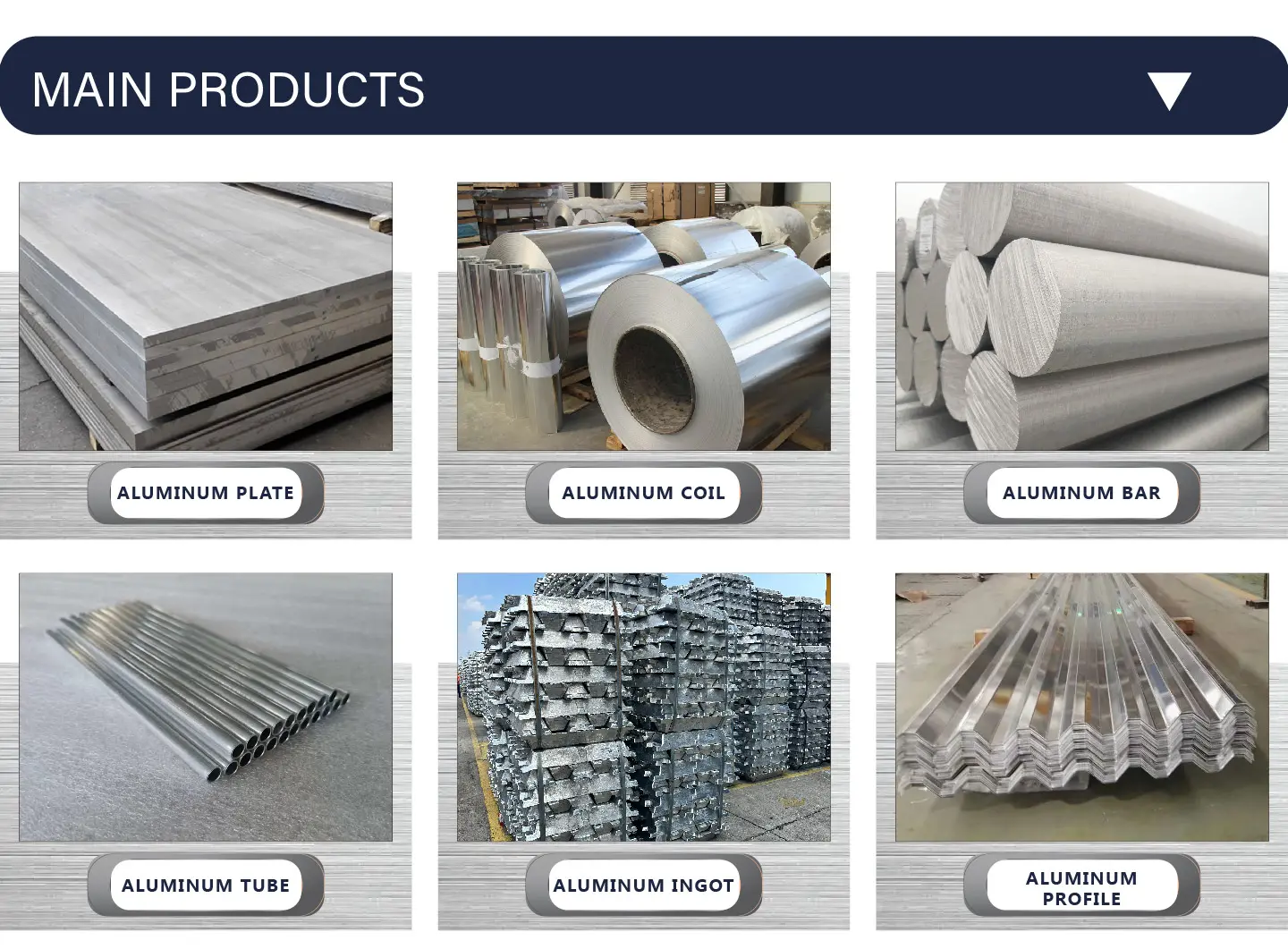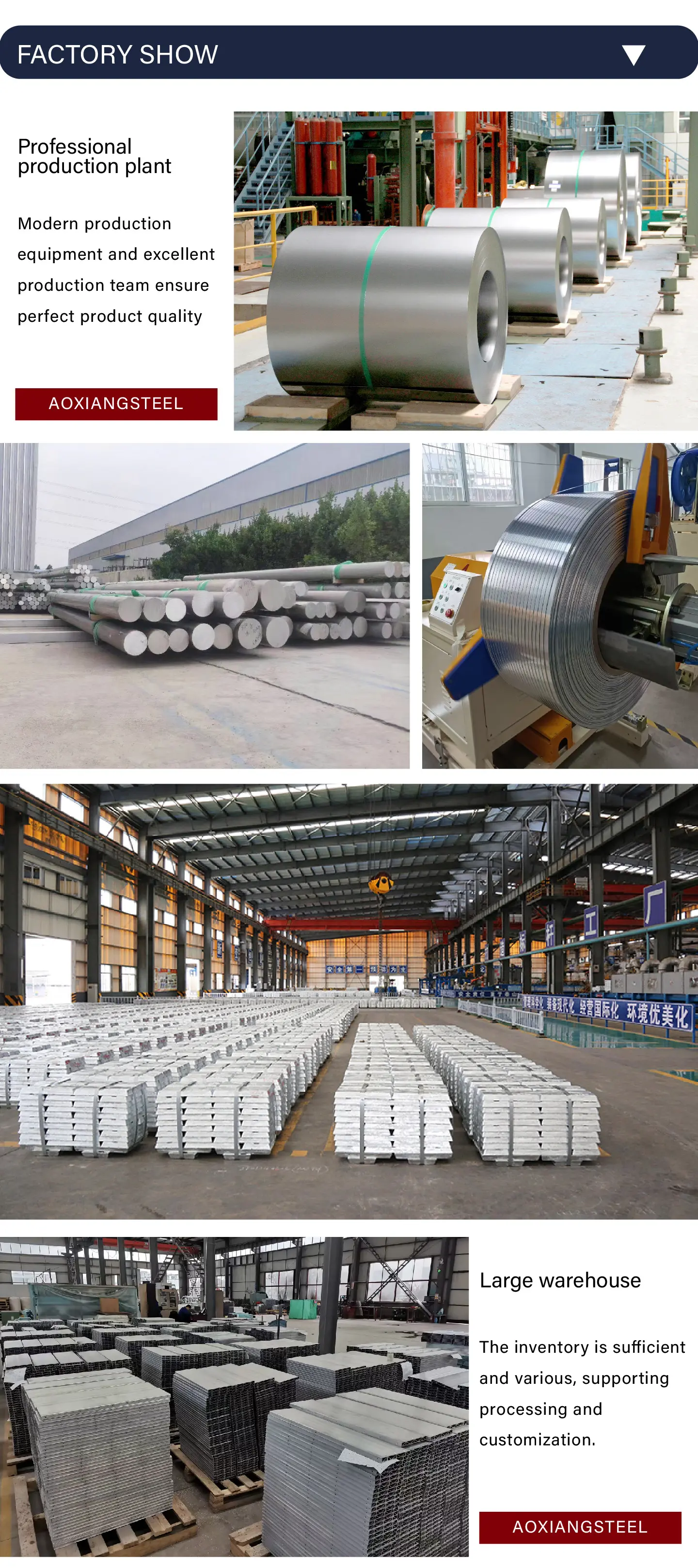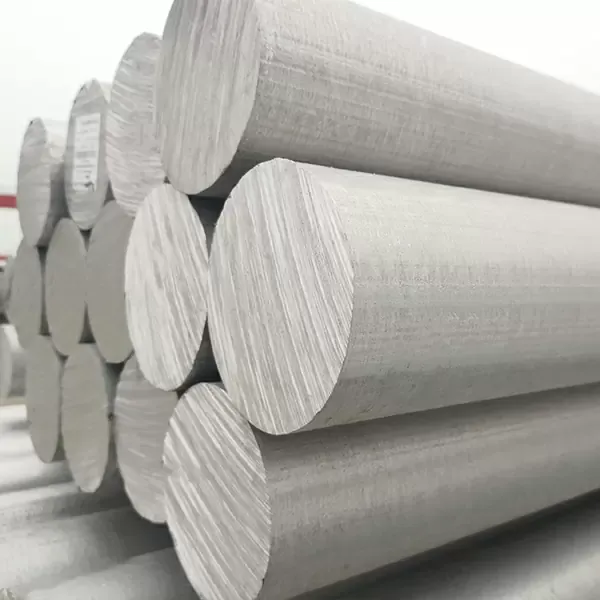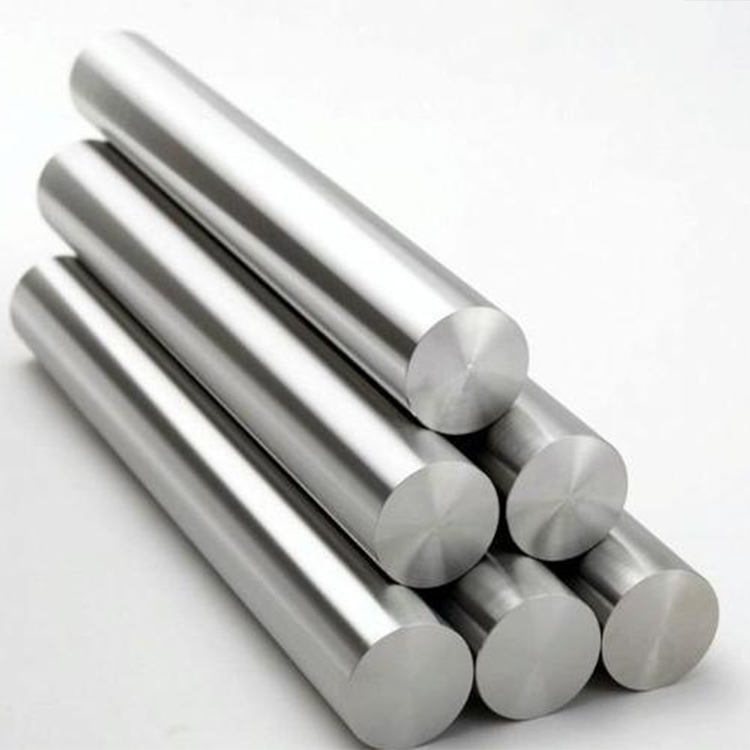
6063 Aluminum Alloy Bar
6063 aluminium alloy is with magnesium and silicon as the alloying elements. The standard controlling its composition is maintained by The Aluminum Association. It has generally good mechanical properties and is heat treatable and weldable. It is similar to the British aluminium alloy HE9.
Request A Quote?
Product Details
6063 aluminium alloy is with magnesium and silicon as the alloying elements. The standard controlling its composition is maintained by The Aluminum Association. It has generally good mechanical properties and is heat treatable and weldable. It is similar to the British aluminium alloy HE9.
6063 aluminum is the most popular alloy for extrusion and so it is a natural consideration. This alloy is widely used in architectural applications. Because of this, it is often referred to as architectural aluminum.
It is a medium strength alloy, which is used for applications such as railing, window frames, door frames, roofs, balustrading, sign frames, shop fittings, irrigation tubing, building products, electrical, marine, piping, recreation equipment, storage tanks, truck frames & trailers.
Aluminium 6063 is a medium strength alloy commonly referred to as an architectural alloy. It is normally used in intricate extrusions. It has a good surface finish, high corrosion resistance, is suited to welding and can be easily anodised. Most commonly available as T6 temper, in the T4 condition it has good formability.
6063 is the most common alloy used for aluminium extrusion. It allows complex shapes to be formed with very smooth surfaces fit for anodizing and so is popular for visible architectural applications such as window frames, door frames, roofs, and sign frames. Applications requiring higher strength typically use 6061 or 6082 instead.
Chemical Composition:
| Chemical Elements | Metric | English | Comments |
| Aluminum, Al | <= 97.5 % | <= 97.5 % | As remainder |
| Chromium, Cr | <= 0.10 % | <= 0.10 % | |
| Copper, Cu | <= 0.10 % | <= 0.10 % | |
| Iron, Fe | <= 0.35 % | <= 0.35 % | |
| Magnesium, Mg | 0.45 - 0.90 % | 0.45 - 0.90 % | |
| Manganese, Mn | <= 0.10 % | <= 0.10 % | |
| Other, each | <= 0.05 % | <= 0.05 % | |
| Other, total | <= 0.15 % | <= 0.15 % | |
| Silicon, Si | 0.20 - 0.60 % | 0.20 - 0.60 % | |
| Titanium, Ti | <= 0.10 % | <= 0.10 % | |
| Zinc, Zn | <= 0.10 % | <= 0.10 % |
Mechanical Properties:
| Property | Value |
| Proof Stress | 160 MPa |
| Tensile Strength | 195 MPa |
| Elongation | 14% |
| Shear Strength | 150 MPa |
| Hardness Vickers | 80 HV |
Physical Properties:
| Property | Value |
| Density | 2.70 Kg/m3 |
| Melting Point | 600 °C |
| Thermal Expansion | 23.5 x 10-6 /K |
| Modulus of Elasticity | 69.5 GPa |
| Thermal Conductivity | 200W/m.K |
| Electrical Resistivity | 0.035 x 10-6 Ω .m |
Thermal Properties:
| Thermal Properties | Metric | English | Comments |
| CTE, linear |
21.8 µm/m-°C @Temperature -50.0 - 20.0 °C |
12.1 µin/in-°F @Temperature -58.0 - 68.0 °F |
|
|
23.4 µm/m-°C @Temperature 20.0 - 100 °C |
13.0 µin/in-°F @Temperature 68.0 - 212 °F |
AA; Typical; average over range | |
|
24.5 µm/m-°C @Temperature 20.0 - 200 °C |
13.6 µin/in-°F @Temperature 68.0 - 392 °F |
||
|
25.6 µm/m-°C @Temperature 20.0 - 300 °C |
14.2 µin/in-°F @Temperature 68.0 - 572 °F |
||
| Specific Heat Capacity | 0.900 J/g-°C | 0.215 BTU/lb-°F | |
| Thermal Conductivity | 218 W/m-K | 1510 BTU-in/hr-ft²-°F | AA; Typical at 77°F |
| Melting Point | 616 - 654 °C | 1140 - 1210 °F | AA; Typical range based on typical composition for wrought products >= 1/4 in. thickness |
| Solidus | 616 °C | 1140 °F | AA; Typical |
| Liquidus | 654 °C | 1210 °F | AA; Typical |
Applications:
Pipe
Railing
Furniture
Decorative Hardware
Comparing 6063 Aluminum to Other Alloys
The 6063 alloy is the most common for extrusion, but you may be considering other options for your particular application. Below are some other common alloys that are often considered as alternatives.
6063 vs 6061
These two alloys are the most popular for extrusion, with 6063 occupying the number one spot and 6061 aluminum in position number two. Both are part of the 6000 series and are alloyed primarily with magnesium and silicon. As such, they possess many of the same qualities. They offer similar corrosion resistance, weldability, and workability. They can both be used in a wide variety of applications.
One key difference is that 6061 is the stronger of the two, and in the T6 temper its strength is approximately equal to structural steel. As such, it is often used for structural applications. One advantage of 6063. on the other hand, is that it’s easier to form into complex shapes with smooth surfaces. It is also very suitable for anodizing and offers better corrosion resistance.
